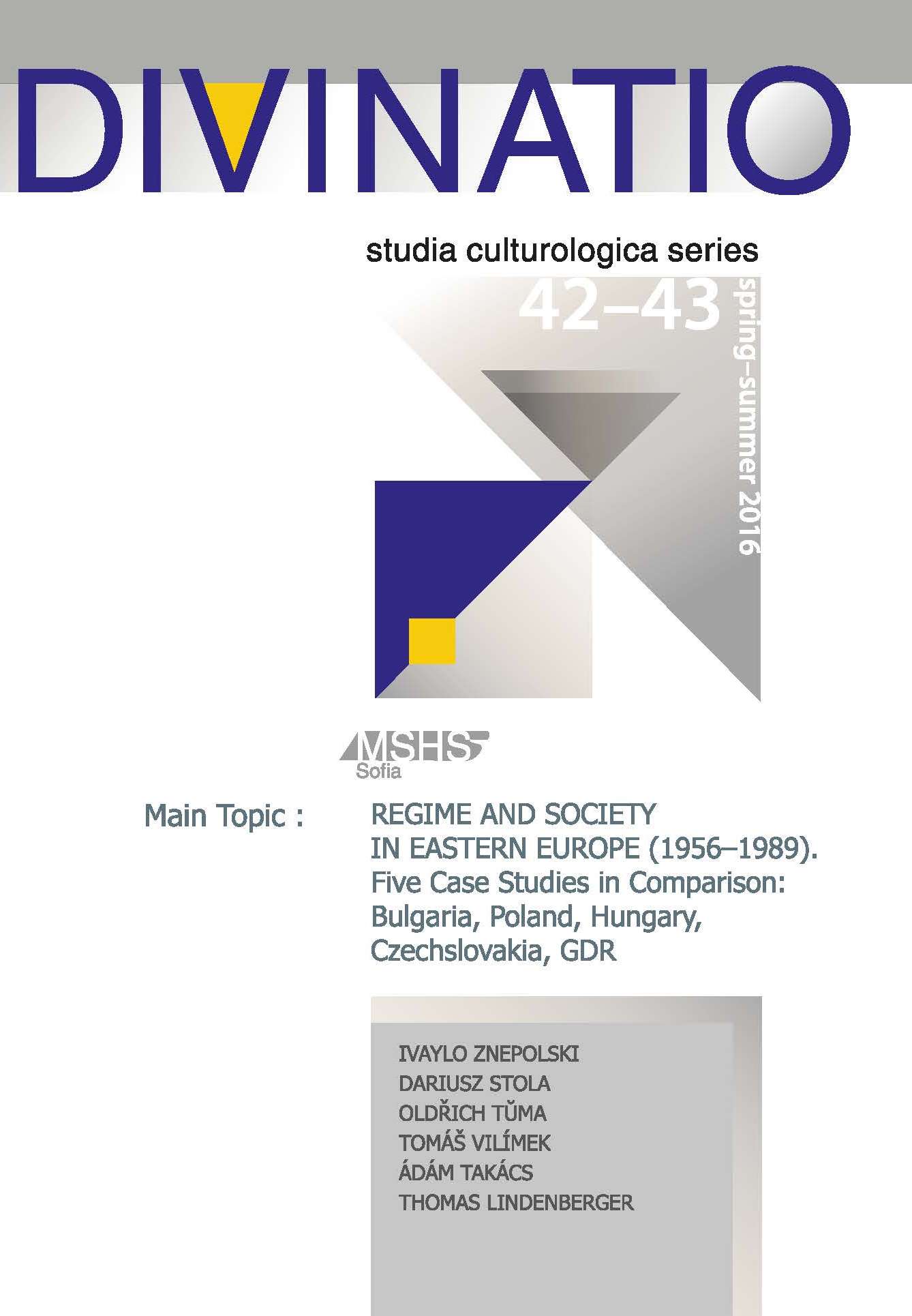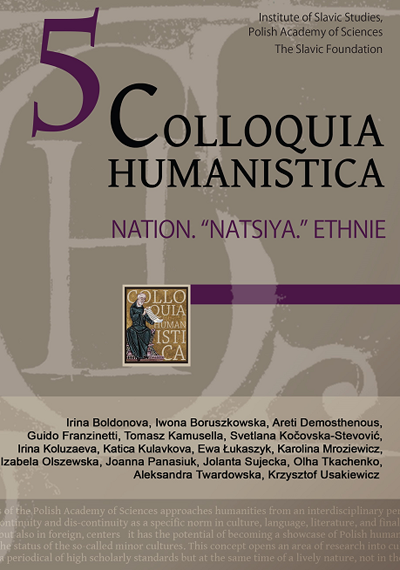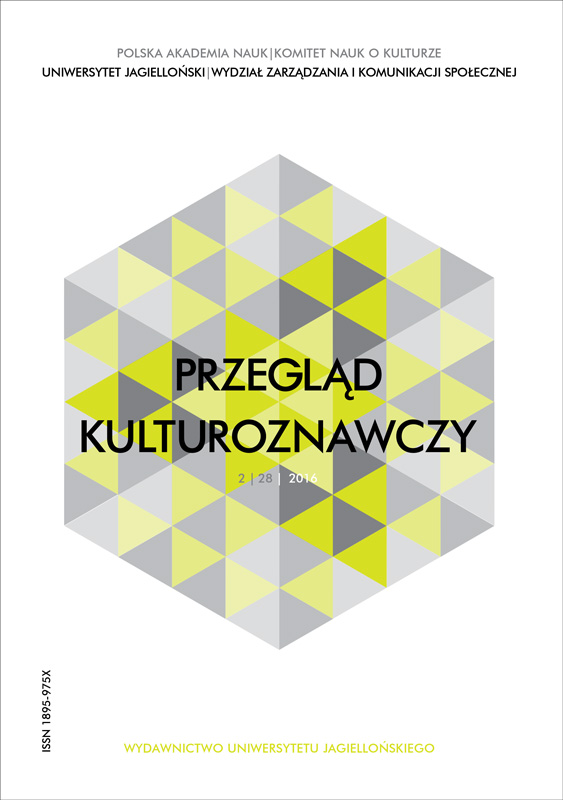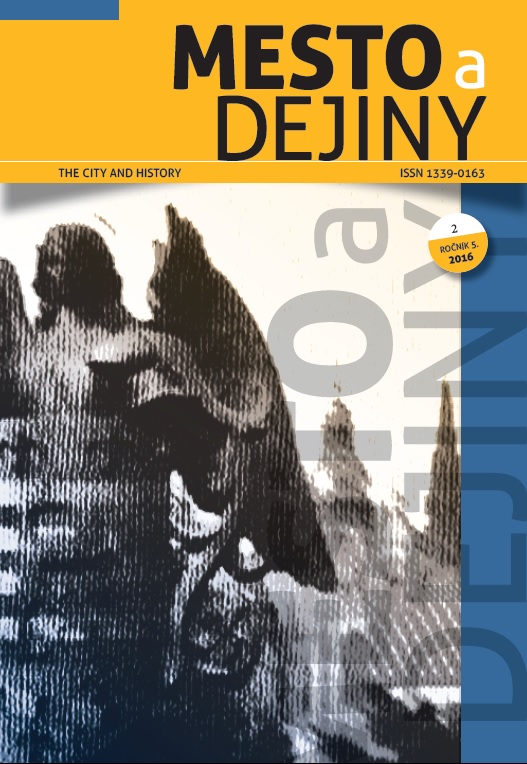
We kindly inform you that, as long as the subject affiliation of our 300.000+ articles is in progress, you might get unsufficient or no results on your third level or second level search. In this case, please broaden your search criteria.







In the article 1918–1921 in the Democratic Republic of Georgia in the period of establishment where collective living Azeri Turks for children was opened, even the poet Nizami Genceli name has a high degree of opening of the preschool activities will be lighting process, the school has made efforts on teachers to provide information.
More...
1920-1950s, national-spiritual ideals of the Azerbaijan literature in the servitude of the judge ideology. This article is dealt from in which condition was national-spiritual ideals of Azerbaijan literature in the servitude of the soviet ideology and problems of Azerbaijani writers lived during this period.
More...
The transformation (or transition) in East-Central Europe was one of the major events in human history in the twentieth Century. During the past 20 years, Chinese intellectuals have normally been focusing in a macro view on the synthetic study on the transformation in East-Central Europe. The study has four following distinct features: excessive academic papers on the fixed time study and review, abundant academic works, identical topics on study, notable limitations. Comparing with paying attention to the overview of study on East-Central Europe, the Chinese intellectuals have fewer achievements in the study on individual countries, and in the study field of the transformation in Bulgaria, it has three following features: few achievements, gradually progressive study, and gradually widened topics.
More...

The paper shows an image and functions of Yiddish and Judeo-Spanish languages among Jewish Diaspora groups – the Balkan Sephardim and the Ashkenazim (the Ostjuden group) – in the period from the beginning of the twentieth century until the outbreak of World War II. The study is based on the articles from Jewish weeklies, magazines and newspapers from pre-war Bosnia and Hercegovina and from Germany/Poland. It demonstrates a double-sided attitude towards the languages. On the one hand – an image of the languages as determinants of Jewish identity. Touching on this theme, the authors of the paper also try to highlight the images of Yiddish and Judeo-Spanish and as determinants in a narrower sense – of the Sephardi/Ashkenazi identity in that period. On the other hand, the paper shows a tendency to treat the languages as “corrupted” and “dying” languages, and as factors slowing down the assimilation of Jewish groups and also as an obstacle for Zionist ideologies.
More...
The concept of “a language” (Einzelsprache, that is, one of many extant languages) and its opposition to “dialect” (considered as a “non-language,” and thus subjugable to an already recognized language merely as “its” dialect) is the way people tend to think about languages in the West today. It appears to be a value-free, self-evident conception of the linguistic position. So much so that the concept of “language” was included neither in Immanuel Kant’s system of categories, nor in the authoritative Geschichtliche Grundbegriffe: Historisches Lexikon zur politisch sozialen Sprache in Deutschland. This paper sketches the rise of the “dialect vs language” opposition in classical Greek, its transposition onto classical Latin, and its transfer, through medieval and renaissance Latin, to the early modern period. On the way, the Greek and Latin terms for “language” (and also for “dialect”) sometimes functioned as synonyms for peoples (that is, ethnic groups), which – importantly – contributed to the rise of the normative equation of language with nation in the early nineteenth century. It was the beginning of the ethnolinguistic kind of nationalism that prevails to this day in Central Europe.
More...
The goal of this article is to examine how different events and phenomena related to the Second World War and the Holocaust are framed via Wikipedia articles written in Polish, Hebrew and English. Departing from the pillars of the theory of framing in mass media, the article conducts a content analysis of three articles, in three different languages. The articles under analysis are the following: “Auschwitz-Birkenau Camp”, “The Pogrom in Jedwabne”, and “Righteous Among the Nations”. The analysis will use the four roles of frames as categories, determined by Entman: definition of the problem/phenomenon, causal interpretation, moral evaluation, and treatment recommendation. Analyzing how the articles fulfill each of the roles in the different languages, the research hypothesis is that the framing of the phenomena will differ between the versions, and each version will follow pillars of the collective memory of the Holocaust in its respective country. Findings, however, are not in complete compliance with this hypothesis.
More...
The article is dedicated to analysis of activities of Polish social movements for science and higher education during the last decade. It is focused on their ideological bases, scope of interests and connections with the wider social environment – i.e. other social ideas and social and/or political actors, that somehow shaped and influenced patterns of goals and activities of the academia activists. Here, a particular attention is paid to the mechanisms of changes in the higher education field. Finally, the attempt will be made to show the (prospective) role and impact of these social movements on the process of reforms of the higher education in Poland.
More...

Post-communist landscapes are undergoing continuous process of transformations, more dynamically than many others types of cultural landscapes. One interpretation is followed by another reinterpretation; from the early festive anti-communist cleansings, thought discreet minor re-interpretations, infused by local and national political transformations, to contemporary ‘deep peeling’ or second wave of landscape purges. It looks like, contrary to the progressive van Gennep model of liminality, tradition oriented Polish society has been stacked up in a liminal limbo, unable or/and unwilling to go further and forget or assimilate the real or alleged communist landscapes. Since the 2016 election and the rise of populist-right powers, the Polish landscape has been haunted by the ghosts of communist past and it became clear that the past is still lives here now. New landscape modes of interpretations has been imposed and the spectre of communism, as Marx said almost 170 years, is still haunting over Central and Eastern Europe.
More...
HORIZON 2020 MARIE SKŁODOWSKA-CURIE, INNOVATIVE TRAINING NETWORK, EUROPEAN JOINT DOCTORATE PROGRAMME URBANHIST. HERITAGE AND GENEALOGY. THE CONFERENCE OF YOUNG HISTORIANS VI : MIGRATION PROCESSES IN EUROPE’S HISTORY. CRISIS OR THE DAWN OF CIVILIZATION? FACTS, INTERPRETATIONS, MEMORY – WORKSHOP FOR THE STUDENTS OF HISTORY. CURRENT RESEARCH QUESTIONS OF THE MINORITY POLICY AND ETHNIC RELATIONS IN THE 20TH AND 21ST CENTURY. PRICE OF VICTORY”. ABDUCTED CITIZENS FROM SLOVAKIA AND NEIGHBORING COUNTRIES INTO THE USSR IN THE YEARS 1944 – 1945.
More...
VAJDA, BARNABÁS – GAUCSÍK, ISTVÁN (EDS.). VÁROSTÖRTÉNETI FEJEZETEK A CSEHSZLOVÁK SZOCIALIZMUS KORÁBÓL : AZ URBANIZÁCIÓ FORMÁI DÉL-SZLOVÁKIÁBAN. DZURIKANINOVÁ, NIKOLETA (ED.). VOJENSKÉ KONFLIKTY V DEJINÁCH EURÓPY. STRETNUTIE MLADÝCH HISTORIKOV V. ČOVAN, MIROSLAV. HISTORICKÉ NÁPISY ZO ŠARIŠA DO ROKU 1650. CORPUS INSCRIPTIONUM SLOVACIAE 1. NÁPISY NA SLOVENSKU. LAURENCE, RAY. ŘÍM V ROCE 300 N. L. – TURISTICKÝ PRŮVODCE PO STAROVĚKÉM SVĚTĚ. TATRANSKÝ, ADAM. STOROČIE KOŠICKÝCH ELEKTRIČIEK, 1913 – 2013. GLEJTEK, MIROSLAV – LABANC, PETER. CVIČENIE Z HISTORICKEJ CHRONOLÓGIE : SPÔSOBY DATOVANIA V STREDOVEKOM UHORSKU. GLEJTEK, MIROSLAV – LABANC, PETER. CVIČENIA ZO STREDOVEKEJ LATINSKEJ PALEOGRAFIE : UHORSKÉ LISTINNÉ PÍSMO V 13. - 16. STOROČÍ.
More...
The legendary cycle of the ritual hunt of the so-called guiding animal (das wegweisende Tier, l’animal-guide) benefited from an ample diffusion in space and time, as it was identified among numerous ethnic groups within Europe and Asia, in Antiquity and in theMiddle Ages, sometimes with unblurred echoes in the subsequent eras. The myths circumscribed to this thematic conglomerate do not represent a simple episode within the current ritual practices, but they embody insightful connections with the overall ancestral religious beliefs, with implacable demographic restructurings and with profoundly meaningful political moments. The essence of the legends related to the ritual hunt of the guiding-animal consisted of pursuing and even sacrificing a wild mammal (more rarely a domestic one), by a human community, led by the animal towards a convenient place. In this place, an important settlement, a city, a house of worship, a state body or one that provided appropriate standards of living was founded. Either the animal was tracked down within a hunting enterprise, or the animal itself assumed the guidance of a community; the latter accepted this position because it felt that it would be profitable for its destiny. The purpose of involving the animal in the life of the human group was to help it get out of a precarious condition and to offer it better standards of living. Hence, the larval state, without any horizon, was surpassed and a preponderant position within the terrestrial universe was acquired. The animal in question was endowed with condescendence, with an infallible sense of orientation and a miraculous force, which induces the idea that it was an emissary of the divinity. Although ritual-hunt legends were created in several places of the world, one cannot exclude influences and borrowings – mostly concerning details – among neighbouring communities, stimulated mostly by the migration of human masses and by the improvement of the commercial, confessional or other types of relations. As the migratory waves crossed transcontinental routes and they adopted foreign idioms, going through acculturation, confessional proselytism and activating other complex interconnection networks, they transferred and proliferated customs, myths and rituals of highly diverse origins. That, all the more as humankind has never and nowhere had an evolution with autarchic attributes.
More...